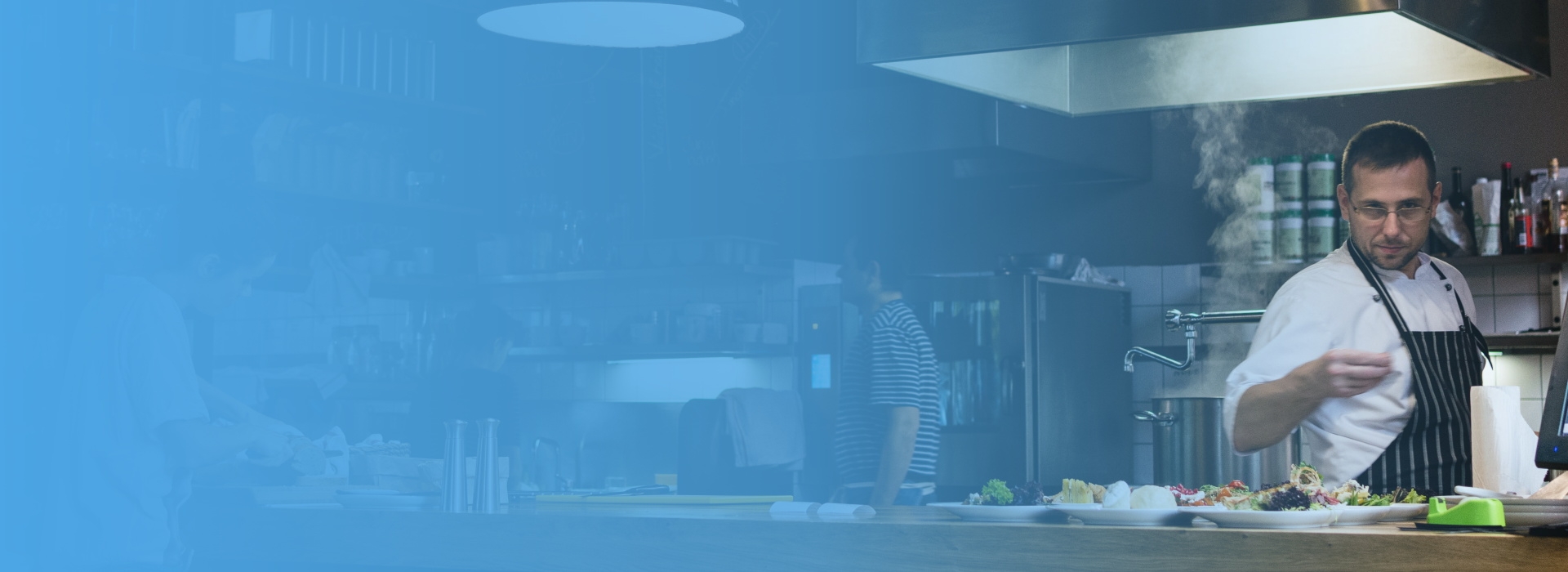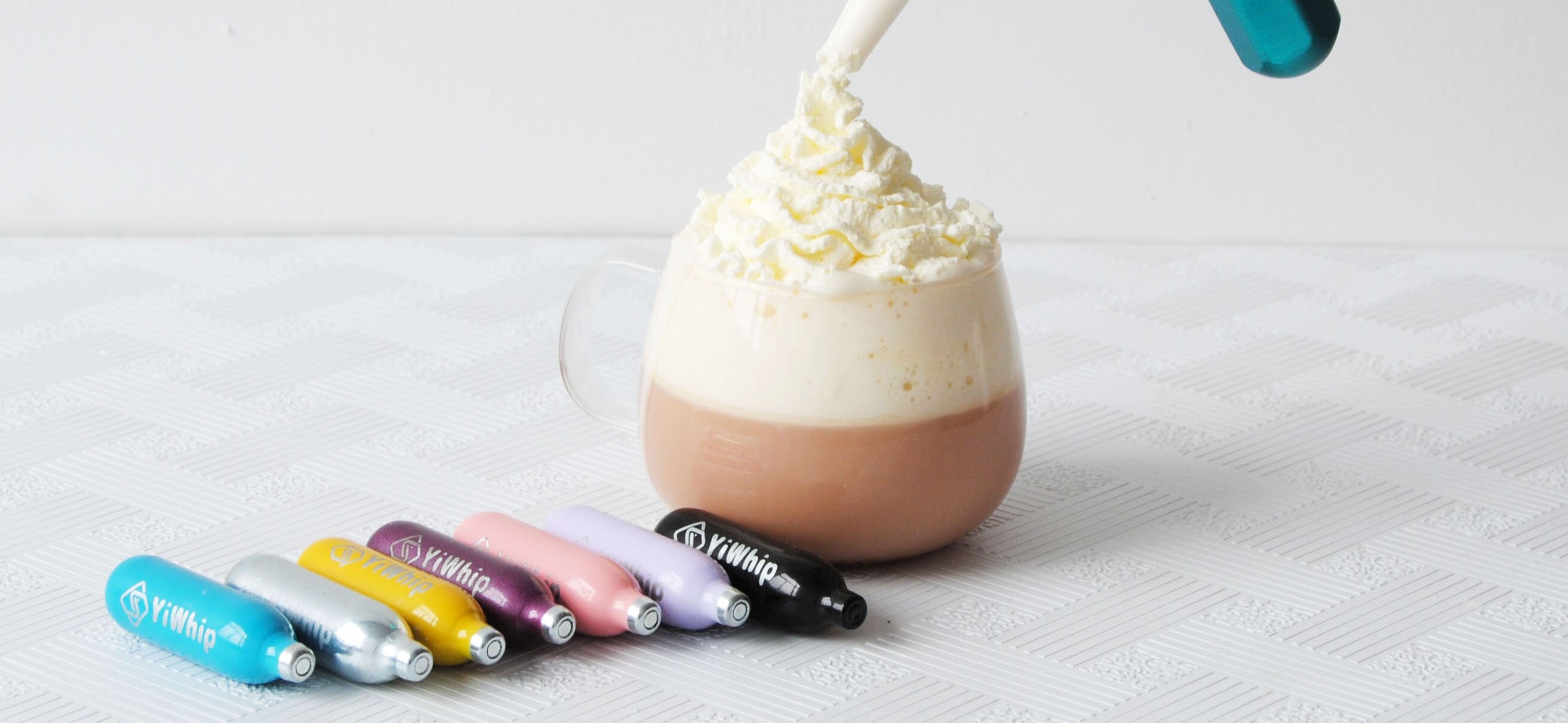The Emergence of Nitrous Oxide Chargers in Modern Lifestyle Trends
What was once confined to the industrial world—nitrous oxide chargers—has rapidly infiltrated modern lifestyle culture, carving a unique and somewhat surprising niche for itself. Also known as **NOS Chargers** or “whippet chargers," these canisters were originally developed for commercial applications such as propelling cream through dispensers or creating aerated textures in food. Today, their use spans well beyond traditional boundaries, influencing culinary innovations, entertainment trends, wellness experiments, and even nightlife customs. Particularly in places like **Chile**, where culinary creativity blends with youthful experimentation, nitrous oxide chargers have emerged not just as tools—but symbols. This phenomenon has seen them evolve into essential gadgets for avant-garde home chefs, party mixologists, café entrepreneurs, and underground event organizers. The shift isn't just a passing fad; rather, it mirrors larger social transitions where accessibility, instant gratification, and aesthetic experiences reign supreme.What Exactly Are Nitrous Oxide Chargers?
Nitrous oxide is an inert gas with various applications across different fields—from pharmaceutical use to vehicle performance enhancement. **Nitrous oxide chargers**, often sold in metal canisters resembling mini fire extinguishers, primarily find application in whipped cream chargers used with cream dispensers. However, their appeal stems less from technical specs and more from the **euphoric effects** when inhaled recreationally—a misuse that remains both legally gray and culturally intriguing across global regions, including South America’s tech-connected youth hubs such as Santiago. While medical researchers issue warnings about the associated neurological risks tied to misuse, cultural fascination only seems to grow. The allure stems partially from the ease of accessibility, but more significantly, perhaps, from its ability to blur the lines between kitchen utility and recreational gadget. The legal stance varies dramatically between countries: while many regions regulate or ban non-industrial uses, enforcement gaps allow informal markets to flourish. These realities help fuel an underground wave fueled by online communities, social media influence campaigns, and YouTube-based tutorials. From DIY whipped cream recipes to party stunts involving nitrous oxide's temporary mind-altering capabilities—the scope expands by the day.Kitchen Reinvented: A Culinary Catalyst on Steroids
In professional and amateur gastronomy, **NO2 Chargers (laughing gas)** offer distinct advantages that justify growing consumer adoption rates—even outside traditional settings like high-end restaurants. With a simple canister and dispenser setup:- Chefs instantly transform creams, mousses, sauces into smooth foams;
- Creatives blend textures unpredictably;
- New flavors can be layered without cooking via pressure emulsions;
In Social Scenes: Laughing Gas Gains Ground
While nitrous inhalation as a form of recreational substance use has long historical roots (especially within British rave scenes in past decades), its new popularity finds renewed energy in urban Latin America. From house parties near Concepción to late-night raves organized under Santiago skyline towers, young Chilean socialites now view laughing gas as more than a curious experience—it serves almost as symbolic inclusion currency, a trend-bound badge signaling one’s openness to innovation. Users cite mild euphoria, lightheaded sensation, and altered perceptions as part of their reasons for experimenting with these devices in controlled gatherings. Naturally, authorities caution against repeated use given risks ranging from vitamin B12 depletion to oxygen displacement in the bloodstream if improperly consumed. Still, curiosity wins where caution falters—and therein lies both opportunity...and concern. Some events feature **dedicated NO₂ carts**, offering chilled beverages alongside quick hit sessions in designated chill zones. Meanwhile online retailers capitalize with discreet deliveries bundled under innocuous tags like ‘cuisine essentials’ or “foam enhancers" to dodge scrutiny—suggestive that this subculture continues thriving, perhaps expanding further. Is the integration healthy or wise? Perhaps not entirely—but it remains a compelling lens into modern generational habits shaped by aesthetics over warnings.Safety vs. Popularity: The Regulatory Dilemma Surrounding NO2 Chargers
As nitrous oxide becomes mainstream—not just in cafés but also nightclubs—one key tension rises: safety versus demand. On paper, laws attempt to restrict sale only for authorized users in certified environments. Reality diverges sharply: these products are freely available in some shops and accessible via delivery platforms in ways difficult for lawmakers to monitor adequately. In Chile specifically, health officials have voiced alarm over rising emergency room visits related to nitrous abuse during 2024. The concerns span:- Prolonged use linked to neurological disorders;
- Vitamin B deficiencies affecting nerve function;
- Risk of fainting caused by brief O² starvation;
- Psychological dependency in vulnerable populations;

